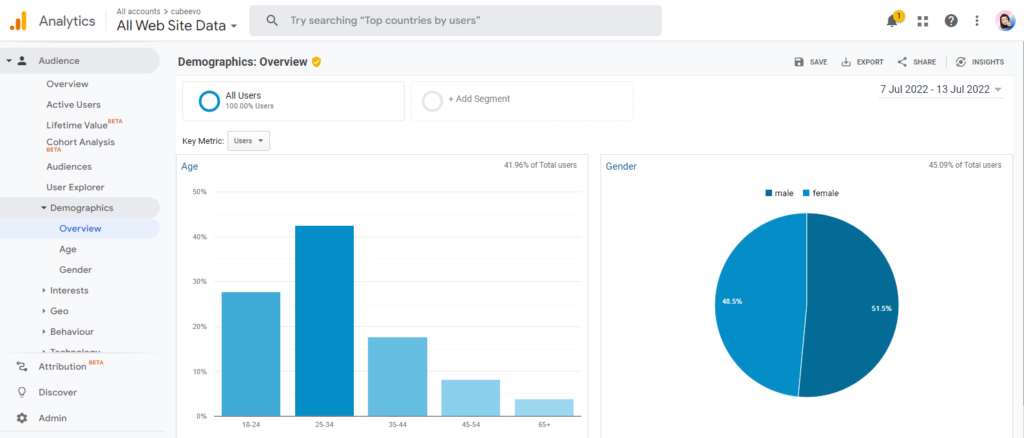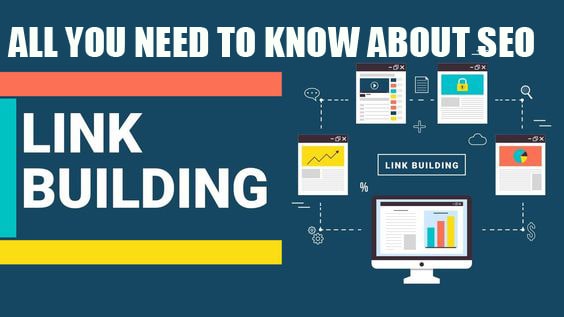When it comes to SEO, how would you start optimizing your website? What strategy would you execute?
To make life easier for everyone, we have simplified the SEO steps. First, you need to research your target keywords and then analyze them. Once you have a list of keywords, start creating a link-building strategy.
Not sure how to do this? Read on to find out.
What is link building?
Link Building is a part of the SEO strategy that digital marketers and SEO experts do to optimize their websites getting links to link back to their own. You can think of links as votes. As you get more votes, the search engine will be convinced that your site is authoritative in your industry.
Before that, link building used to focus more on quantity than quality. Now, however, more emphasis is placed on link quality, which search engines determine by looking at the relevance of links to the content of web pages. In simpler terms, the more quality links you have pointing to your site, the more authority your site has for search engines.
Types of Links
Now, before planning your Link Building strategy, it is essential to know the different types of links. Each of them has a different purpose at various stages of your strategy.
Internal links:
As the name suggests, internal links are links located within your site, pointing from one page to another. This is the first type of link you might have discovered before you started designing your website.
At the wireframe and sitemap structuring stage, you need to have a complete plan for how each web page will lead to another and how the user journey will flow from your home page. From there, you’ll insert internal links to link these pages together on your site.
Outbound links:
These are links from your site that point to other sites. Outbound links are used to link readers to more relatable content or act as a reference to the statement you have written. They are also called “authority links” as they are often what help support your statements and information when you link to more credible sources.
Inbound links:
Also known as external links and backlinks, these are links that come to yours from other websites. These are the ones we mentioned earlier as ‘votes’. Just like outbound links, inbound links are what other websites call backlinks to your site. It simply means that they find your site valuable and useful, further indicating to search engines about your authority.
How To Create A Successful Link Building Strategy?
Analyze your website:
Before you start planning your link-building strategy, it is important to analyze and check the SEO performance of your website. First, you need to determine what part of your site is working well and what isn’t, what is missing, and how you need to improve it.
Ultimately, these are all crucial assets for your site to grow and improve. It’s not just about the things that are missing, it’s about knowing what you should incorporate into your link-building strategy and which part to focus more on for better SEO results.
Define your audience:
The next step is to understand your audience, visitors, and readers. Start by going to your Google Analytics and reviewing the ‘Audience’ section to determine your specific audience. Here you can collect all the information you want, from behaviors and interests to demographics and the type of device they tend to use.
This is where you’ll get an idea of your target audience, what they’re interested in, and how they can link to your products or services.

Audit existing content and write new ones:
Now that you know exactly what your audience is interested in, it’s time to audit your existing content on the site. Regularly updating your content is an easy way to optimize your site’s search performance. According to Authorityhacker, updating old content can lead to a higher ranking as they have both the ‘age’ and ‘freshness’.
In addition to editing and updating existing content, you also need to produce new and relevant content at the same time. You can start by targeting keywords that are at the top of the funnel (TOFU), as this is usually the stage where your audience wants to learn more.
Create content that answers their questions and provides solutions and tips to build a trusting relationship with them. Ideally, this content should be of sufficient quality that other sites are interested in linking to yours.
Monitor Readability & User Experience:
Not only should you change your content, but you should also inspect your overall experience on the site. Start by monitoring the readability of your content. If your audience is the general public, you should aim to write at the comprehension level of a fifth grader. Jargon or technical terms should be further explained to ensure that all readers understand the text.
The next thing to monitor is the user experience of your website. Some of the questions you should ask yourself when doing this exercise are:
- How do the internal links between your web pages link to each other?
- Do they run in a structural format that doesn’t complicate the user journey?
- Will users be able to find what they are looking for easily?
Make a list of sites that would appeal to your audience:
Once you’ve reviewed your site, it’s time to use the search engine to look for sites that will potentially attract your audience. You should look for sites that:
- They are aligned with your business, content, and target audience
- have high authority
- Have high-quality content
- Require a filter process for guest posts
Too often, brand owners want to be fast at building links and succumb to engaging in faulty link schemes or buying links to manipulate page rank. These actions will violate search engine guidelines and negatively affect your website. You will need to remember that SEO and link-building strategy are long-term strategies that will only be very fruitful when done right.
In a nutshell, the SEO strategy requires a lot of effort, time, and dedication. But when done right, it will increase your brand awareness, web traffic, and sales conversion.
